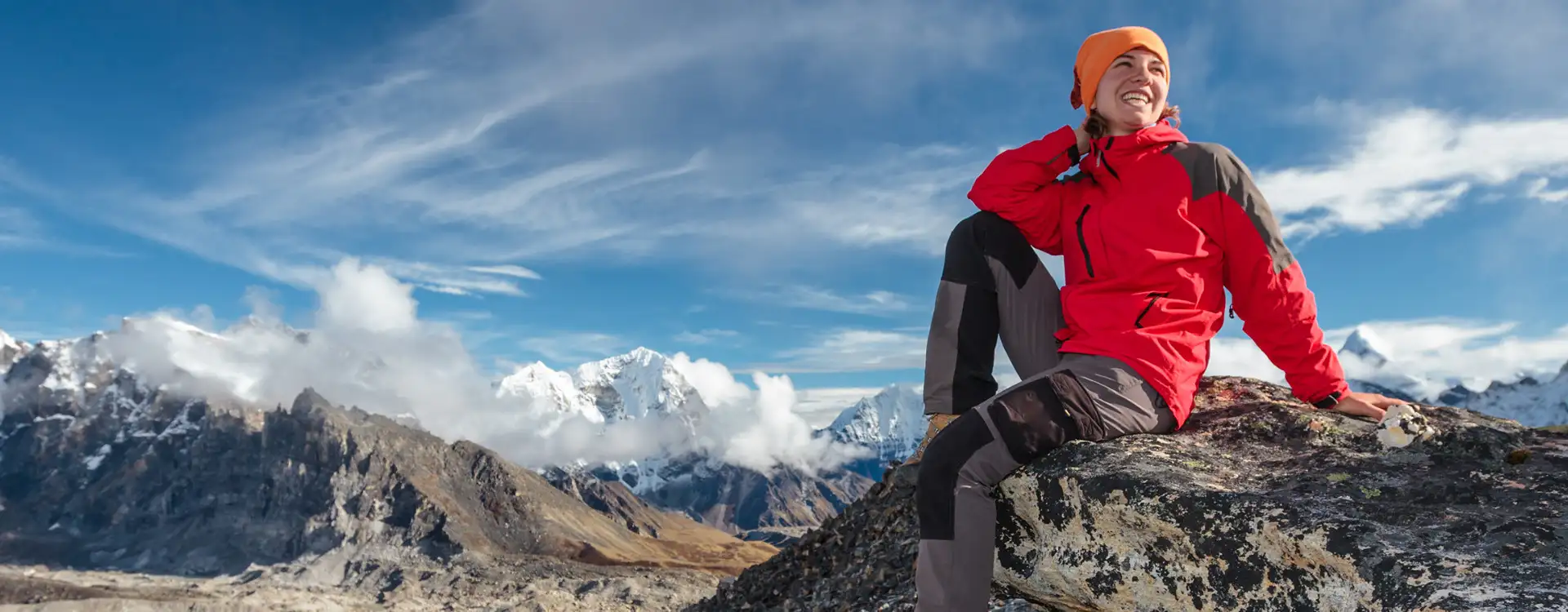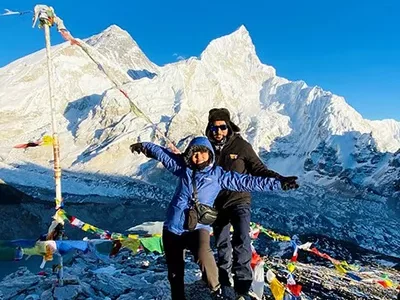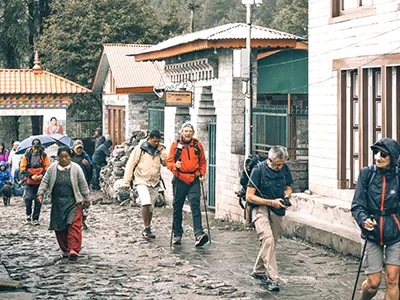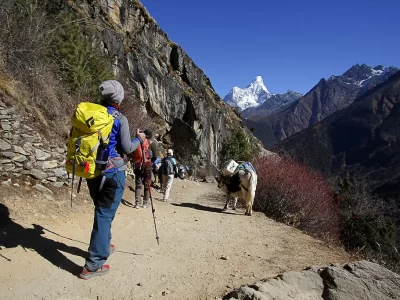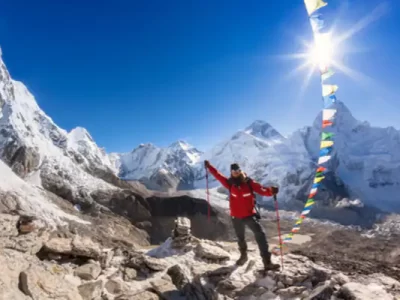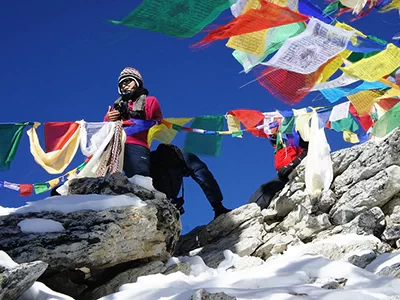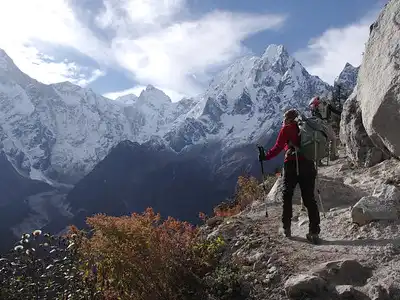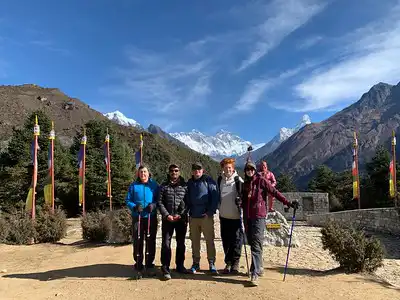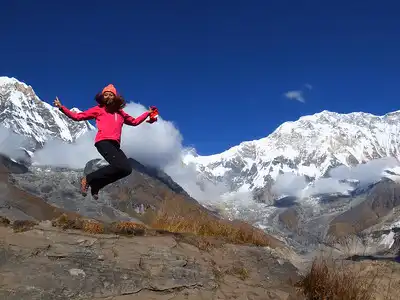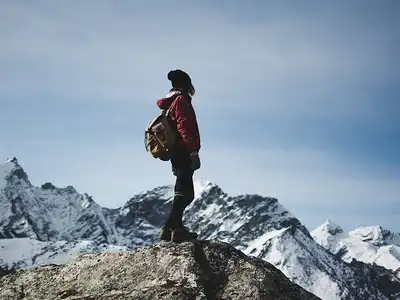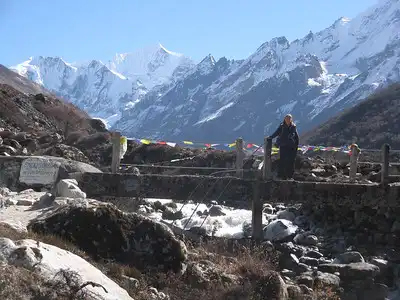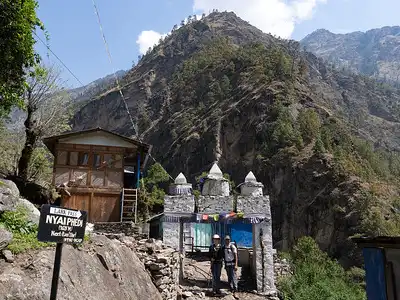Whenever trekkers reach the majestic Everest Base camp, they have to deal with not only the raw, awe-inspiring beauty of the highest peaks in the world but also the deep responsibility of taking charge of it. While advancing one’s way in Sustainable Everest Base Camp Trek requires an unwavering dedication towards the protection of unspoiled nature, this consideration is increasingly coming up due to purposes known to many adventurers that are associated with scaling these lands. Sustainable development matters now more than ever before for fragile environments like these.
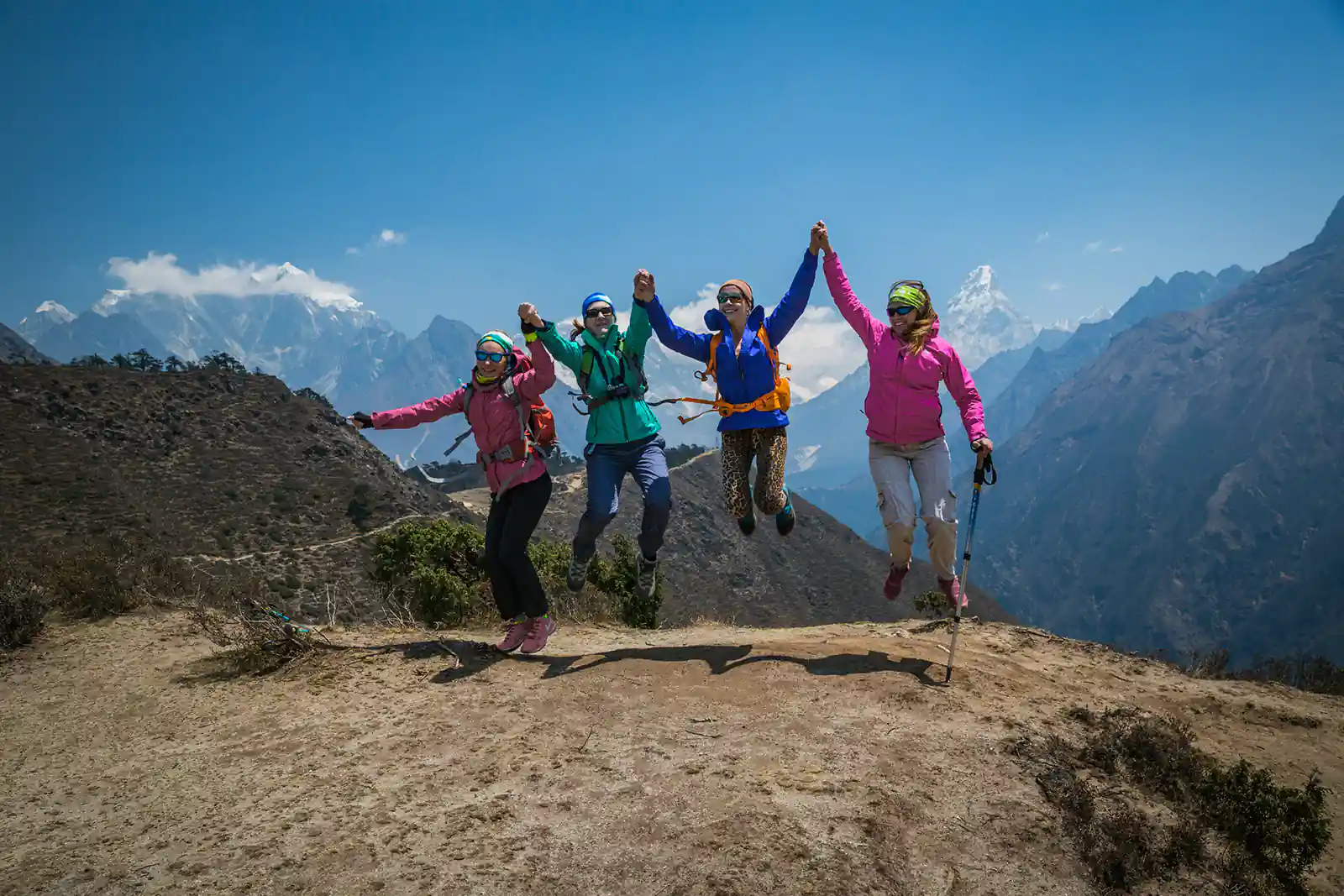
Many are attracted to the charms of EBC, but the trek presents its challenges. When trekking at high altitudes, the body and mind must be prepared well in advance since even experienced hikers find it tough to navigate through thin air and rough terrain. All trekkers need to be aware of such challenges so that they can have a great time witnessing the splendor of Everest without taking the climb lightly.
In addition, tourism has had a considerable effect on the fragile ecosystem of Everest Base Camp. In this manner, each year, many tourists come into the environment there by adding pressure on it, hence calling for means of continued existence that will not harm or destroy their surroundings altogether so that everything should remain as it is today or even better than before they arrived at this place in the first instance. It will ensure that people who wish to visit can do so at their convenience, positively impacting future generations by keeping them connected to their origins.
Everest Base Camp Trek
Everest Base Camp Trek with Helicopter Return
Luxury Everest Base Camp Trek
Understanding the Ecological Footprint of EBC Trek
The Everest Base Camp trek fulfills the dreams of many adventurers but has negatively impacted the Everest region, threatening its natural beauty and sanctity.
Visitor influx primarily causes environmental challenges, with the Everest region facing severe waste management problems, extending beyond the base camp to Mt. Everest itself. The trails of the Everest Base Camp accumulate significant amounts of waste, including plastic bottles and food packaging.
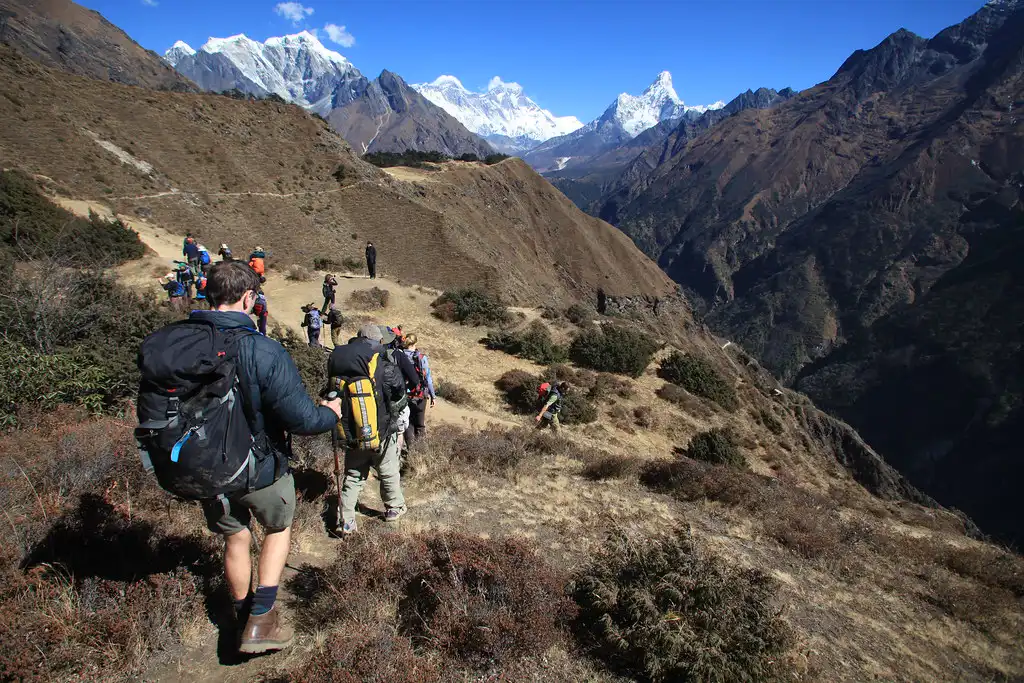
Due to inadequate disposal facilities, waste continues to mount, diminishing the area’s natural beauty and endangering the local wildlife.
Furthermore, the rising consumption of fossil fuels to accommodate trekkers leaves substantial carbon footprints, contributing to glacier melting and endangering the fragile Himalayan ecosystem. The surge in trekker traffic depletes resources in lodges, restaurants, and sanitation facilities, severely limiting essential resources like water and land for residents.
While tourism boosts the region’s economy, it faces socio-economic hardships during off-seasons, such as winter and monsoon, due to a lack of alternative economic activities.
Everest Base Camp Short Trek
Jiri to Everest Base Camp Trek
Everest High Pass Trek
Minimizing Your Environmental Impact
Embracing responsible tourism starts with reducing your environmental footprint, a key aspect of sustainable trekking that protects the Everest region’s ecosystem.
Smart Packing
Preparing your pack for the Everest Base Camp trek challenges many trekkers who need more certainty about necessities versus excess. This uncertainty often leads to overpacking.
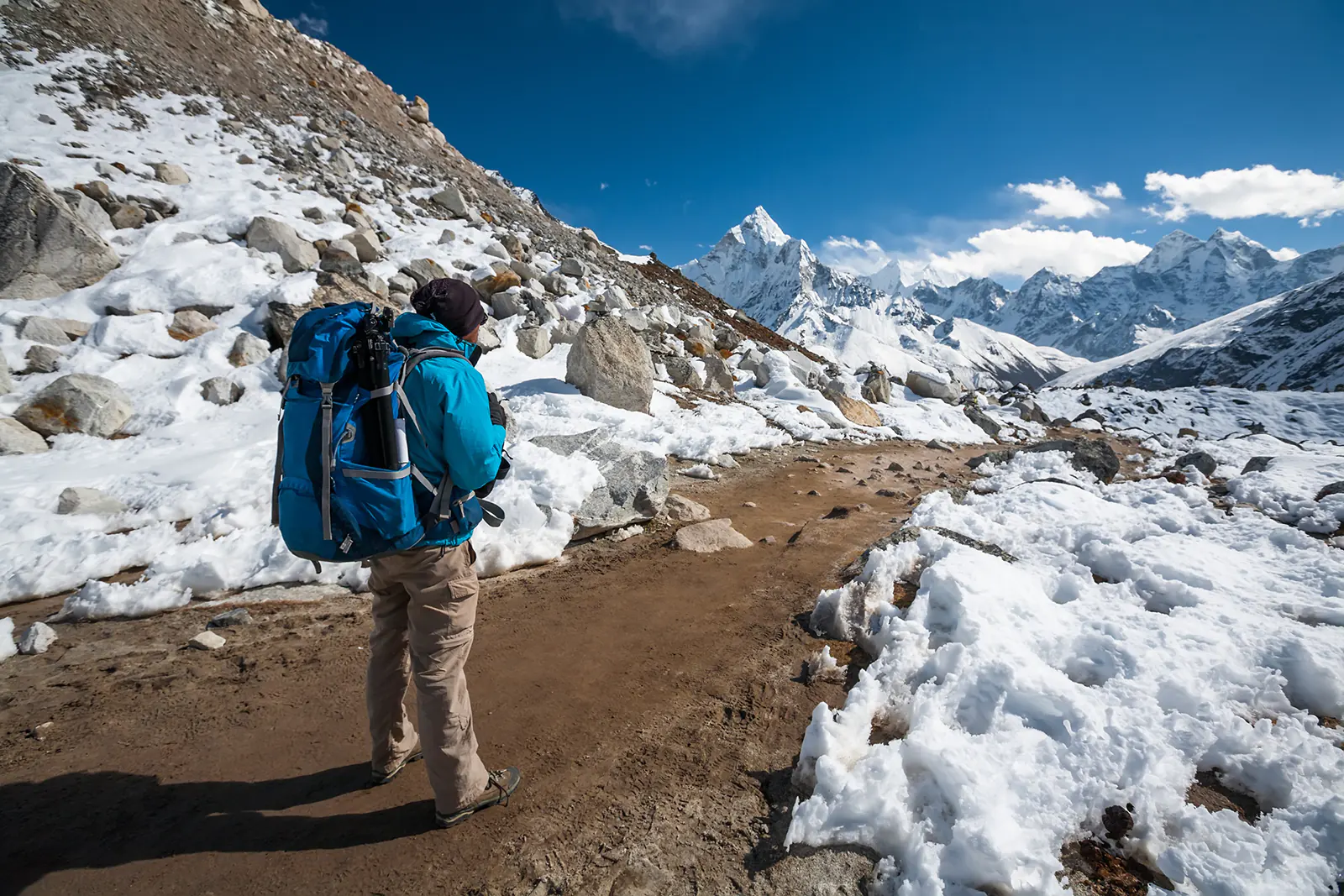
Porters who carry your gear have a limited carrying capacity to adhere to ethical standards. Therefore, packing lightly and wisely becomes crucial. Choose versatile and adjustable clothing suitable for changing weather, and select biodegradable toiletries and reef-safe sunscreen to minimize chemical impact.
Waste Management
Adhering to the ‘leave no trace’ principle is crucial in the fragile environment of Sagarmatha National Park, where lodges and teahouses are implementing eco-friendly waste management methods that require trekker cooperation.
As altitude increases, managing waste on the trek becomes more challenging.
The solution lies in the ‘pack-it-in, pack-it-out’ approach: avoid littering and carry back all your waste, disposing of it properly in the Everest region’s designated areas.
Adopting practices like using reusable water bottles, preferring handkerchiefs over tissues, avoiding plastic packaging, and using refillable containers for snacks significantly aids regional waste management efforts.
Minimize single-use plastics
The Everest region, like other delicate ecosystems, faces severe plastic pollution threats. Avoiding single-use plastics is essential here.
Please feel free to use any disposable toiletries responsibly. Bringing a water filter and a reusable bottle instead of buying bottled water helps reduce plastic waste. Properly collecting and disposing of plastic waste encountered on your trek can significantly reduce environmental hazards, preserving the beauty of the Himalayas.
Respect the Trails
Minimizing the impact on the Himalayas’ fragile landscapes necessitates trail respect.
High trekker traffic on the Everest Base Camp (EBC) trail mandates sticking to designated paths to preserve the terrain and minimize risks.
Experts designate the standard Everest Base Camp trail considering weather, avalanche risks, and terrain stability.
Venturing off these trails can expose trekkers to hidden crevasses and loose rocks and cause erosion, especially in areas with loose scree.
Off-trail movement can create paths susceptible to weather erosion, posing risks to others.
Furthermore, straying harms the Khumbu region’s rich vegetation and can disrupt local wildlife by interfering with their natural pathways.
Support Local Communities
Supporting the local communities is vital, as they largely depend on trekking tourism.
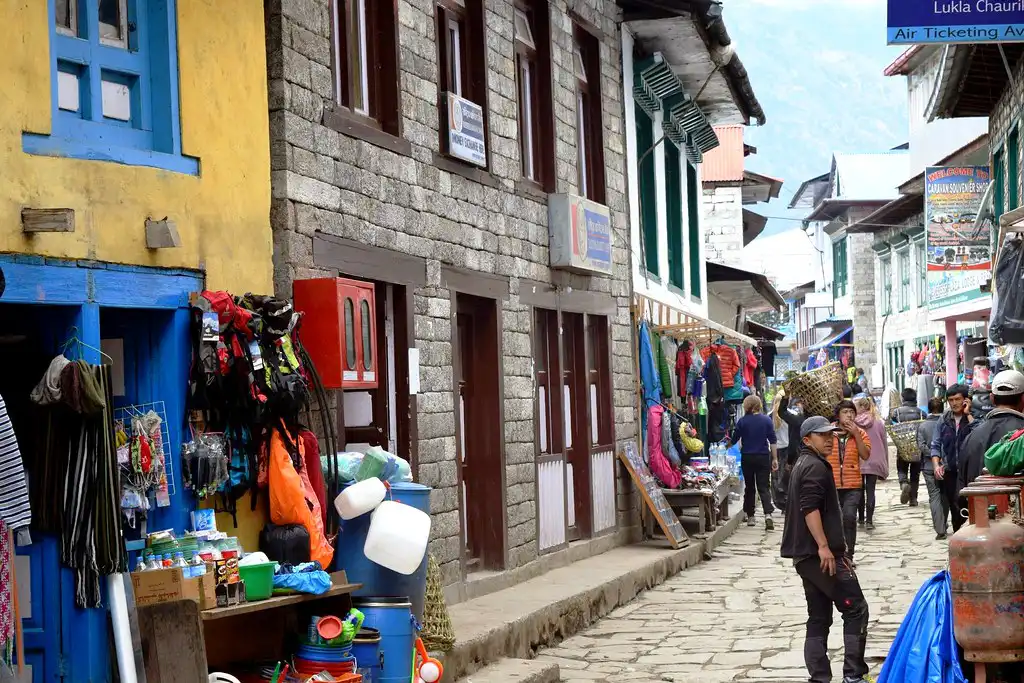
Patronizing local teahouses and purchasing regional products supports the area’s economy. The Sagarmatha National Park offers many local accommodations and culinary delights.
For souvenirs or trekking gear, consider buying from local shops in the Everest Base Camp trek’s lower regions, like Namche Bazaar, known for its unique local artifacts.
Respecting Local Environment and Wildlife
The Khumbu area, a biodiversity hub, deserves attention for its diverse wildlife and plant life.
Water Conservation
In the Everest region’s high altitudes, water scarcity, exacerbated by climate change, threatens vital water sources.
Most teahouses and lodges rely on basic methods like fetching water from nearby streams, making water a precious commodity.
Conserve water by taking brief showers, using washcloths instead of frequent washing, and turning off the shower while soaping up. Choose biodegradable soaps for easier environmental integration.
Supporting eco-friendly lodges that employ sustainable practices like rainwater harvesting and water-saving fixtures can further aid conservation efforts.
Local Flora and Fauna
In the Khumbu region, trekkers encounter a diverse range of plants and animals, including endangered and rare species. Trekkers bear the responsibility of avoiding any disturbance to the wildlife.
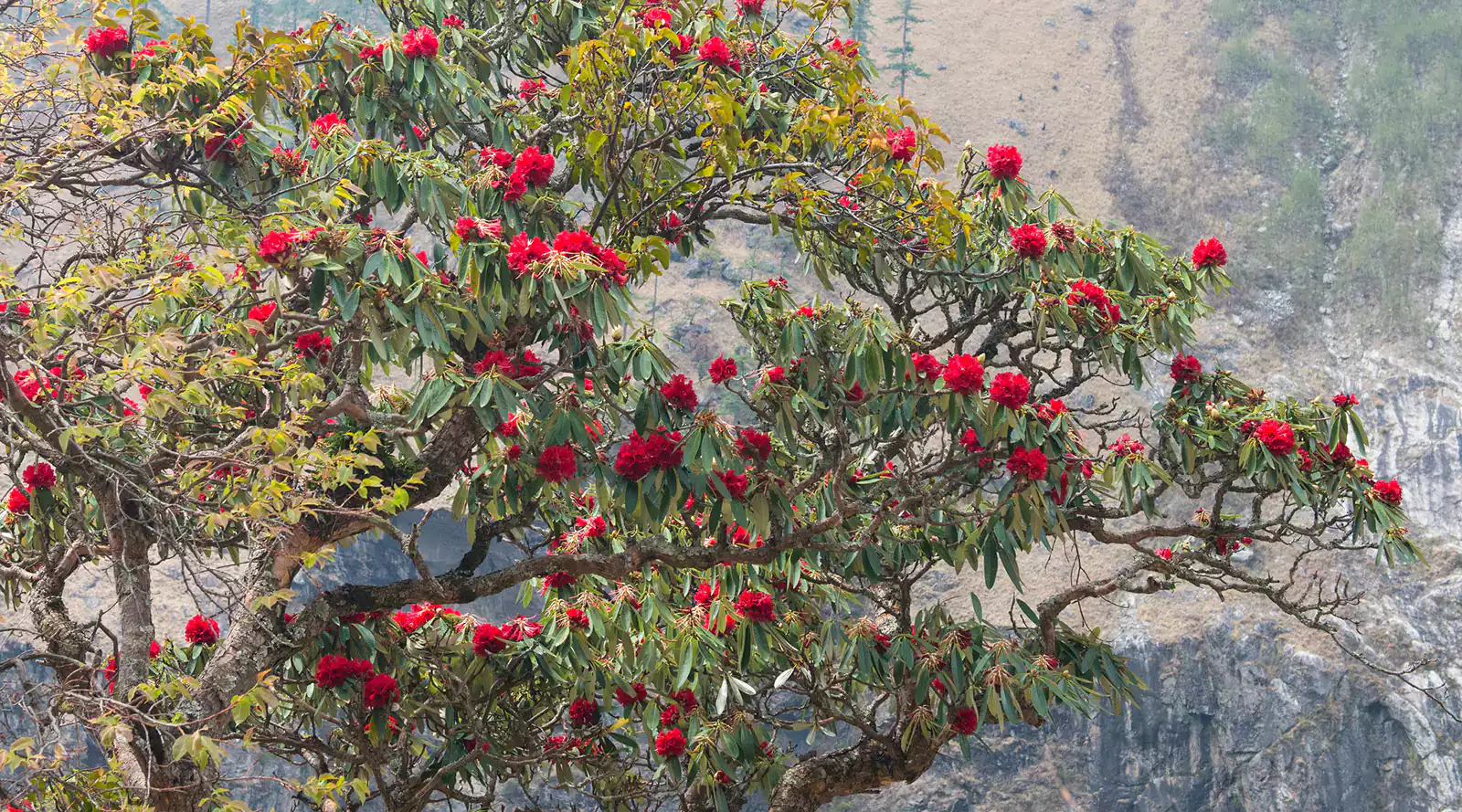
Staying on marked trails is crucial. Additionally, trekkers should watch wildlife from a safe distance to avoid intrusion and potential risks. It’s important to keep movements gentle and noise levels low to prevent startling the animals.
Feeding the local wildlife, though seemingly harmless, can disrupt their natural behaviors and lead to dependency on human-provided food.
Energy Conservation
The Everest region’s inhabitants and teahouses traditionally use firewood and kerosene for heating and cooking, negatively affecting the ecosystem.
Sustainable energy use is becoming more common, with many teahouses adopting solar power for heating and lighting.
Trekkers can support this shift by choosing lodges that use renewable energy and by using solar-powered devices to decrease dependence on traditional energy sources.
Leave a Positive Footprint during Sustainable Everest Base Camp Trek
Sustainable actions during your trek can leave a beneficial impact on the region, preserving it for future visitors.
Employing local guides and porters helps the economy and offers trekkers enriched insights into the area.
Purchasing authentic, locally made handicrafts supports traditional artisans and avoids the environmental impact of mass-produced goods.
Spending money on eco-friendly and locally owned teahouses encourages sustainable practices.
Respecting local customs and cultural sites, including dressing modestly and seeking permission before photographing people or sacred places, fosters cultural sensitivity.
Participating in or initiating cleanup efforts enhances everyone’s condition of the trail.
Selecting trekking gear from ethically responsible manufacturers minimizes environmental harm.
To conserve water, use eco-friendly cleaning products and minimize laundry needs. For electronic devices, avoid disposable batteries and ensure proper disposal of used batteries to prevent environmental contamination in the mountains.
